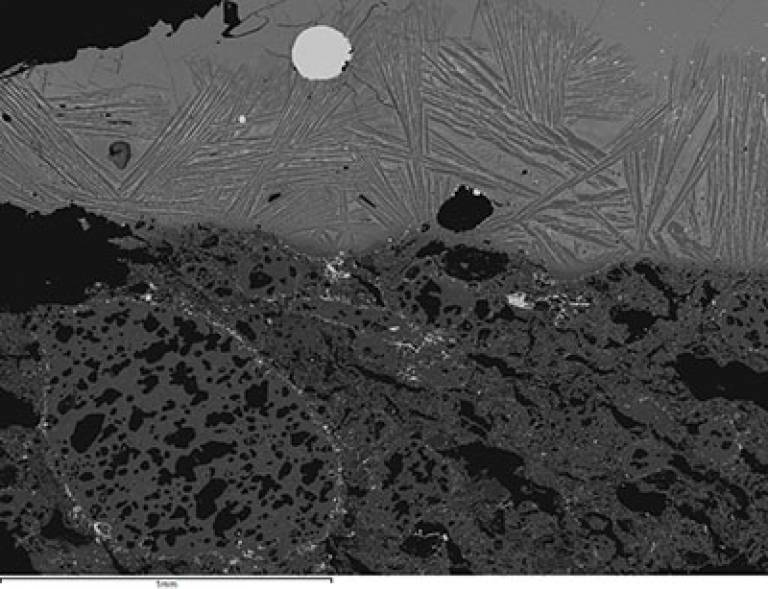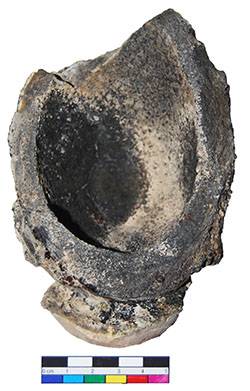Chromium steel was first made in ancient Persia
23 September 2020
A new study, led by UCL Institute of Archaeology researcher Rahil Alipour, has discovered that chromium steel – similar to what we know today as tool steel – was first made in Persia, nearly a millennium earlier than previously thought.

The findings of this study are significant given that material scientists, historians and archaeologists have long considered chromium steel to be a 20th century innovation.
The discovery, published in the Journal of Archaeological Science, was made with the aid of a number of medieval Persian manuscripts, which led the researchers to an archaeological site in Chahak, southern Iran.
Chahak is described in a number of historical manuscripts dating from the 12th to 19th century as a once famous steel production centre, and is the only known archaeological site within Iran’s borders with evidence of crucible steel making.
The manuscript ‘al-Jamahir fi Marifah al-Jawahir’ (‘A Compendium to Know the Gems’, 10th-11th c. CE) written by the Persian polymath Abu-Rayhan Biruni, was of particular importance to the study given it provided the only known crucible steel making recipe. This recipe recorded a mysterious ingredient that Rahil and colleagues identified as chromite mineral for the production of chromium crucible steel.
According to Rahil Alipour:
“Our research provides the first evidence of the deliberate addition of a chromium mineral within steel production. We believe this was a Persian phenomenon. It not only delivers the earliest known evidence for the production of chromium steel dating back as early as the 11th century CE, but also provides a chemical tracer that could aid the identification of crucible steel artefacts in museums or archaeological collections back to their origin in Chahak, or the Chahak tradition.”
Radiocarbon dating of a number of charcoal pieces retrieved from within a crucible slag and a smithing slag dated the industry to the 11th to 12th c CE whilst scanning electron microscopy (SEM analyses) enabled the researchers to identify remains of the ore mineral chromite, which was described in Biruni’s manuscript as an essential additive to the process.
As Thilo Rehren (co-author on the study) said:
“In a 13th century Persian manuscript translated by Dr Alipour, Chahak steel was noted for its fine and exquisite patterns, but its swords were also brittle, hence they lost their market value. Today the site is a small modest village, which prior to being identified as a site of archaeological interest, was only known for its agriculture.”
The researchers also detected 1-2 weight percent of chromium in steel particles preserved in the crucible slags, demonstrating that the chromite ore did form chromium steel alloy – a process not used again until the late 19th and early 20th century. They believe it marks a distinct Persian crucible steel-making tradition – separate from the more widely known Central Asian methods in Uzbekistan and Turkmenistan - for the production of low-chromium steel.

 Close
Close

